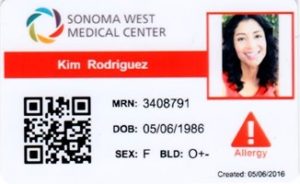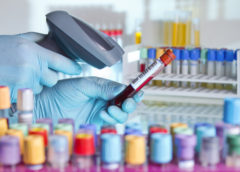Whenever we visit the grocery store, we hear the constant beep of scanners from the checkout counter. In our travels in the developing world, and even in many US hospitals, we find very little scanning being used.
A recent visit to a small hospital in Guyana was instructive of the digital divide between healthcare and the rest of the world. On our way, we stopped into a small grocery store close to the hospital to buy a few things and the beep of scanners was immediately apparent in an efficiently organized but small space.
When we got to the hospital, we toured the materials room and were immediately aware of the turmoil. On the ward, we reviewed the workflow and found the unfortunately common and cumbersome processes of inventory management and charge capture that define many hospitals.
In our discussions with hospital administrators, we pointed out that the local grocery is able to utilize modern technology to streamline their process and that hospitals certainly should be able to as well. But it was soon clear that the tools to do so were not available at the time, at least in an affordable platform.
Since then, some newer technologies have changed this equation, the most notable of which is the ability to scan barcodes from mobile devices like cell phones and tablets. These inexpensive tools use a different technology than the grocery store scanner by capturing frames of a streaming video, which are then mapped by software to determine if a barcode is present and what type it is. While this process can be somewhat slower than a laser-based scanner since the camera has to focus and potentially capture multiple images before identifying a barcode, the difference in timing is not usually noticeable.
Once captured, the barcode can be processed by whatever application is currently running on the mobile device. Barcodes can be placed on supplies, medical equipment, inventory locations, bins, medications and rooms as well as patient cards and wristbands. Patient cards can be used in the admitting areas of the hospital and wristbands once patients are admitted.
the barcode can be processed by whatever application is currently running on the mobile device. Barcodes can be placed on supplies, medical equipment, inventory locations, bins, medications and rooms as well as patient cards and wristbands. Patient cards can be used in the admitting areas of the hospital and wristbands once patients are admitted.
With consumables that are charged to the patient, a barcode reader can be used at a desktop computer or a tablet computer can be used at the bedside. This can greatly improve charge capture and inventory control in any hospital. An often overlooked use of barcodes is the coding of medical equipment that is used to treat patients during procedures. Attaching a barcode to equipment will make the capture of this information much easier.
